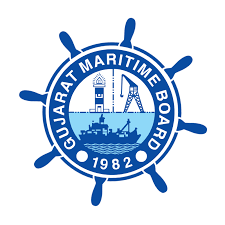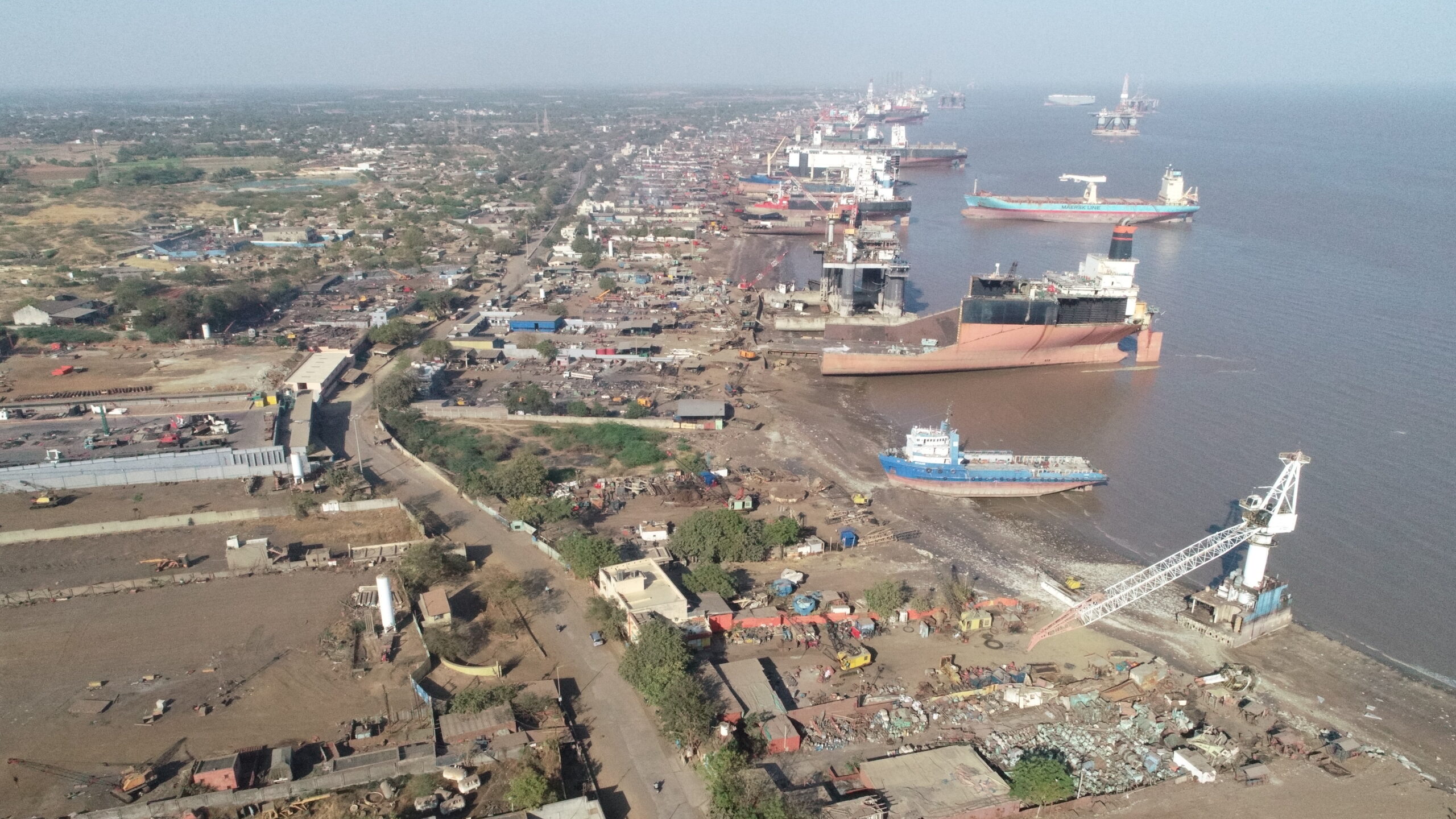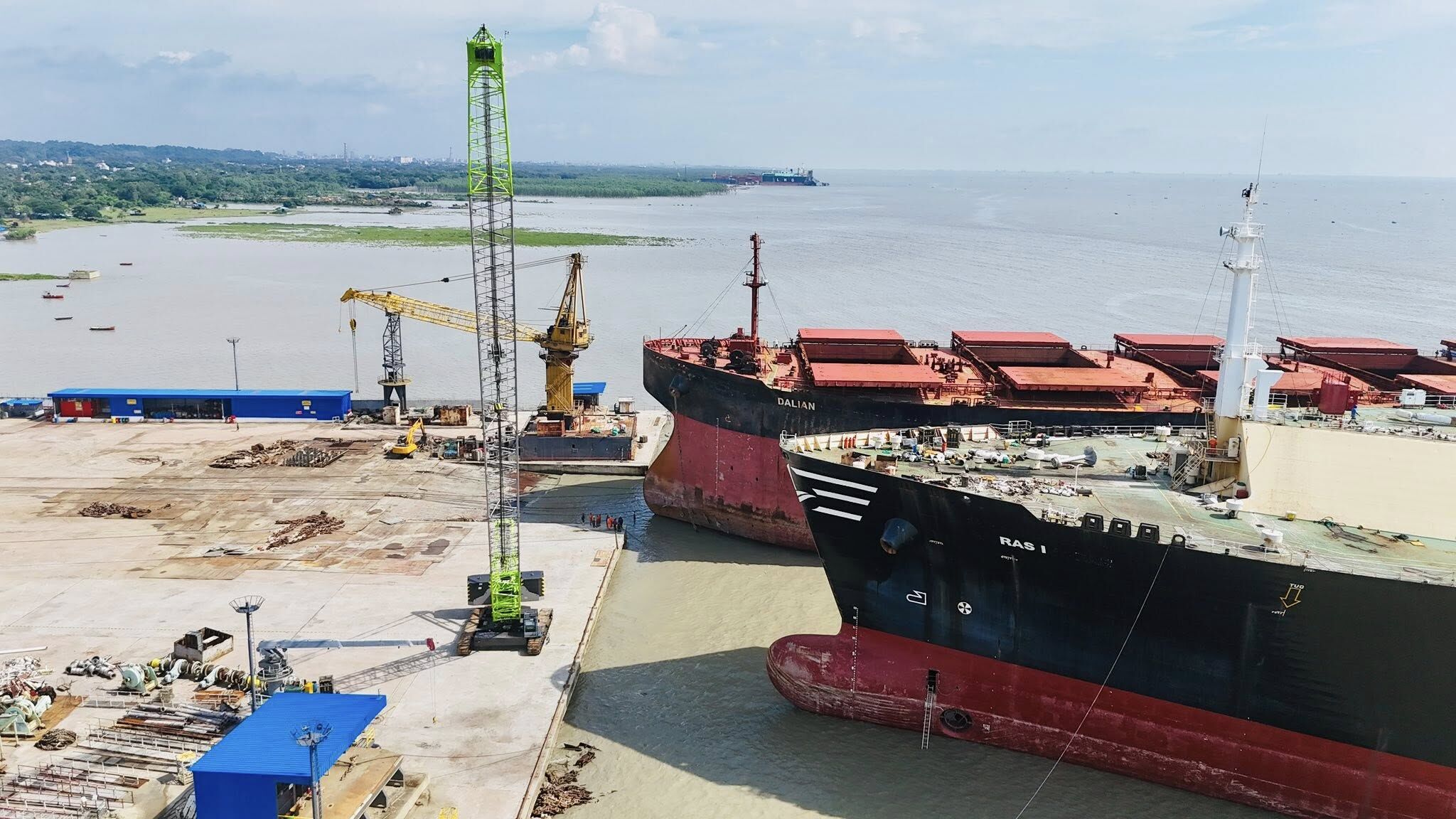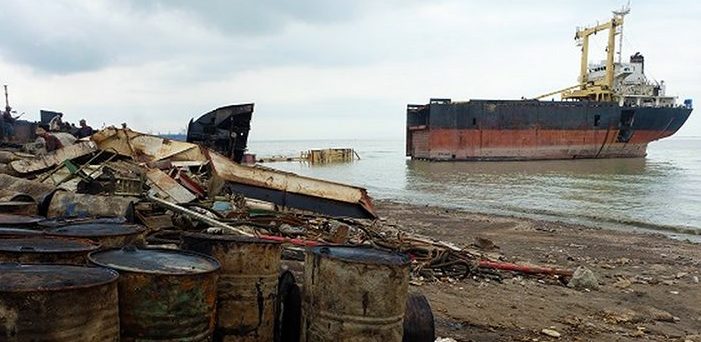Deep Water Recovery Faces More Scrutiny Over Shipbreaking Operation at Union Bay
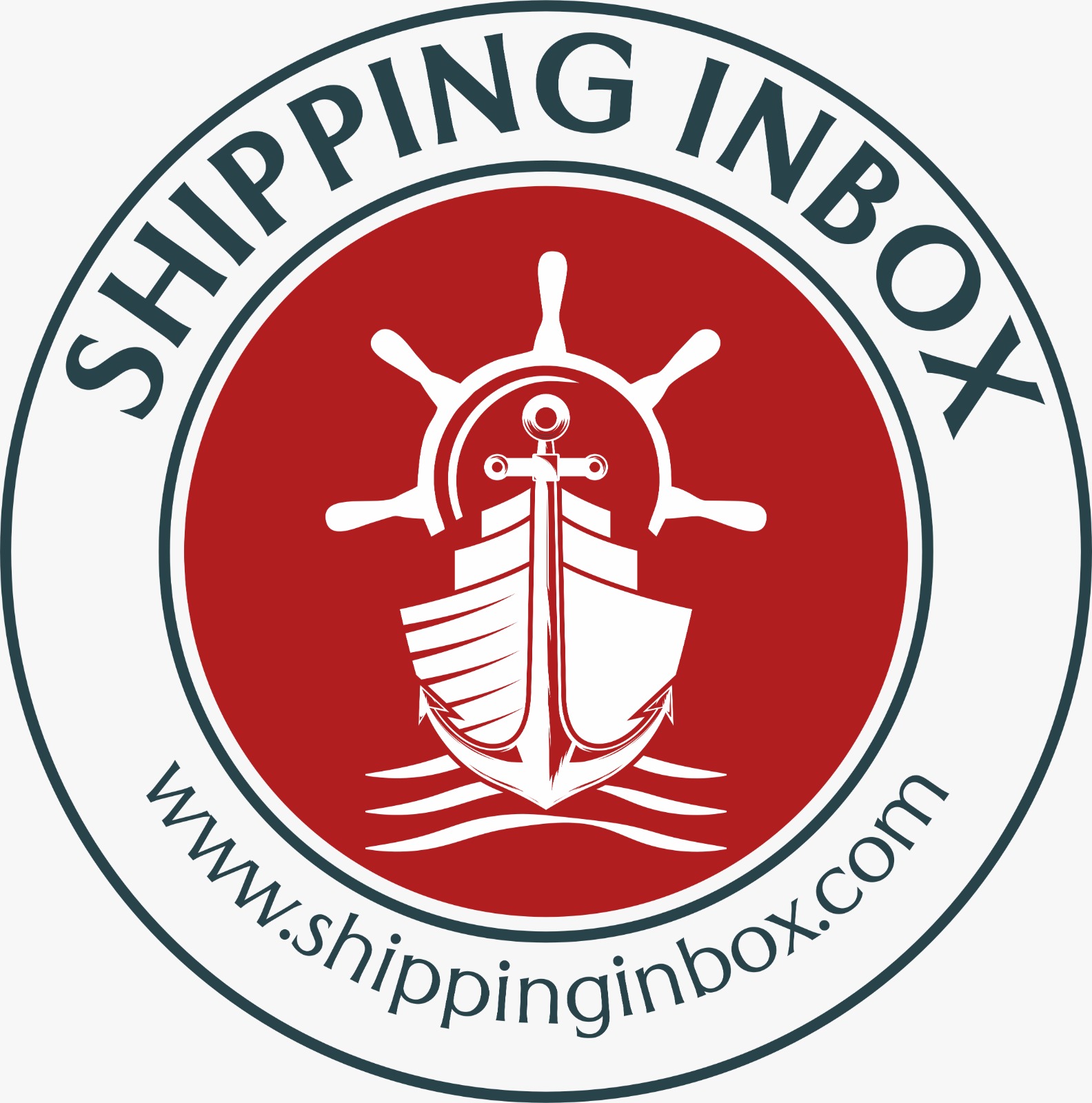
A shipbreaking operation in Union Bay, British Columbia, is once again under fire after a provincial inspection revealed the company responsible, Deep Water Recovery, is releasing effluents with dangerously high levels of copper and zinc into Baynes Sound. On August 23, 2024, Deep Water Recovery received a formal warning from the province after copper concentrations in the effluent were found to be more than 100 times the legal limit, while zinc levels exceeded the threshold by 13 times. These violations, part of a broader pattern of environmental concerns, have sparked an intense local campaign against the company, driven by a community that’s determined to protect the local ecosystem.
The Findings: Copper and Zinc Levels Off the Charts
The August warning comes as the latest in a series of citations for the company, following an inspection at one of its key discharge points, Sump 1, where effluents from the shipbreaking process flow into Baynes Sound. According to provincial water quality guidelines, the acute level for copper in effluent is capped at three micrograms per litre, a limit designed to protect aquatic life from short-term, lethal impacts. Yet, at the Deep Water Recovery site, copper concentrations were measured at a staggering 489 micrograms per litre.
Zinc levels were similarly alarming. Provincial guidelines set the acute threshold for zinc at 55 micrograms per litre, but the concentration found in Sump 1 was recorded at 742 micrograms per litre. Both copper and zinc levels far surpassed the province’s chronic guidelines as well, raising serious concerns about long-term damage to the local marine environment.
These excessive discharges primarily stem from the dismantling of ships like the *Miller Freeman*, a former U.S. fisheries and oceanography vessel brought to the site for recycling. The effluents from the ship, laden with metals, have contributed to the heightened levels of copper and zinc that now threaten the health of Baynes Sound’s marine ecosystem.
Potential Penalties Loom for Deep Water Recovery
The letter issued by the province is not just a warning but a clear sign that the company could face significant penalties if it fails to address these violations. Deep Water Recovery was warned that continuing to discharge effluents with acute and chronic levels of copper, zinc, and other toxins could result in a fine of up to $300,000 under the Environmental Management Act. The company also risks an administrative penalty of up to $40,000 under the Administrative Penalties Regulation if corrective action isn’t taken.
This isn’t the first time Deep Water Recovery has found itself at odds with the province over its environmental practices. In October 2023, the company was fined $500 for missing provincial deadlines for submitting monthly monitoring reports, which track the levels of effluent discharge and its potential impact on the environment. The reports are a critical component of the oversight process, allowing regulators to monitor the company’s compliance with water quality guidelines. However, repeated violations and failures to meet deadlines have raised questions about the company’s commitment to environmental responsibility.
The Community’s Response: Local Resistance Grows
The environmental issues surrounding the shipbreaking operation have not gone unnoticed by the residents of Union Bay and the surrounding areas. Concerned Citizens of Baynes Sound (CCOBS), a local activist group, has been vocal in its opposition to the Deep Water Recovery site since the company began operations in 2021. CCOBS has worked tirelessly to inform the public about the potential risks posed by the shipbreaking industry, organizing community meetings, rallies, and information-sharing sessions to raise awareness about the environmental impacts.
One of the group’s founders, Marilynne Manning, has been at the forefront of these efforts. In an email exchange with *The Discourse*, she mentioned that the group is currently awaiting a formal response from Mid Island-Pacific Rim MLA Josie Osborne, who visited Union Bay recently to discuss the community’s concerns with Courtenay-Alberni MP Gord Johns. Osborne’s office has not yet provided a comment, but CCOBS is hopeful that further political pressure will be applied to address the issues at hand.
Meanwhile, local resident Sheri Plummer has taken a creative approach to raising funds for CCOBS. She is selling car decals to support the group’s activities, including their ongoing research and advocacy work. These funds help the group continue its mission to oppose the shipbreaking operation and protect the local environment from further harm.
Political and Legal Actions Take Shape
The fight against Deep Water Recovery isn’t limited to the local community. At the provincial level, Green Party leader Sonia Furstenau has voiced her concerns over the environmental risks posed by the shipbreaking operation. On the federal stage, Paul Wisniewski, a Parksville resident, has launched a petition to the House of Commons, urging the federal government to take immediate action to stop the shipbreaking at Union Bay. The petition, which opened for signatures on August 6, 2024, calls on the government to create enforceable federal standards for ship recycling that align with international conventions, such as the Hong Kong and EU Conventions, aimed at ensuring the safe and environmentally responsible dismantling of ships.
Wisniewski has also shared a YouTube video highlighting the environmental dangers associated with the operation. The video features drone footage from Mary Reynolds, another local resident who has been closely monitoring the site. Reynolds has been using her drone to document the shipbreaking process and its impact on the surrounding environment. Her work even led to a legal battle with Deep Water Recovery’s director, Mark Jurisich, who attempted to sue her for damages related to the footage she posted online. Reynolds achieved a partial victory in this case, with the court ruling in her favor in what has been described as an anti-SLAPP (Strategic Lawsuit Against Public Participation) victory, protecting her right to speak out against the company’s practices.
Deep Water Recovery’s Response: Denial of Responsibility
Despite mounting evidence and pressure from the community, Deep Water Recovery’s leadership continues to deny that the company’s operations are responsible for the high levels of toxins found in Baynes Sound. In a previous email to *The Discourse*, director Mark Jurisich argued that the site’s industrial history, including its past use as a coal mining area, could be to blame for the elevated levels of copper and zinc in the water. He downplayed the impact of the shipbreaking activities, stating that the discharge of chemicals was not a result of the company’s operations.
However, legal experts and environmental advocates are not convinced by this defense. Carla Conkin, a lawyer representing CCOBS, countered Jurisich’s argument, stating that the company cannot escape responsibility simply because the site has a history of industrial use. “Just because it’s an industrial area doesn’t mean it’s no holds barred,” Conkin explained. She emphasized that the company is responsible for managing its own effluent discharge, regardless of any pre-existing environmental damage.
The Environmental Impact: A Threat to Baynes Sound
Baynes Sound, the body of water affected by the shipbreaking operation, is home to a rich and diverse ecosystem. It is particularly known for its shellfish industry, which could be severely impacted by the toxic effluents being released into the water. Shellfish are highly sensitive to changes in water quality, and the introduction of high levels of copper, zinc, and other metals could have devastating consequences for the local aquaculture industry.
The acute and chronic levels of toxins measured at the Deep Water Recovery site are not just a concern for marine life. The broader ecological health of Baynes Sound is at risk, as these metals can accumulate in the food chain, potentially impacting not only aquatic species but also the humans who rely on these waters for food and livelihood.
The Road Ahead: What’s Next for Deep Water Recovery?
As the community and environmental activists continue their fight against Deep Water Recovery’s shipbreaking operation, the company faces increasing scrutiny from both provincial and federal authorities. With potential fines and penalties looming, the pressure is on for the company to clean up its act or face the consequences. The outcome of this ongoing battle will likely set a precedent for how shipbreaking operations are regulated in Canada, particularly in terms of environmental responsibility.
For the residents of Union Bay and advocates like CCOBS, the hope is that their efforts will lead to stricter regulations and better protection for the local environment. But for now, the fight continues, with the community determined to hold Deep Water Recovery accountable for its actions and ensure that Baynes Sound remains a safe and healthy ecosystem for generations to come.
Author: shipping inbox
shipping and maritime related web portal




